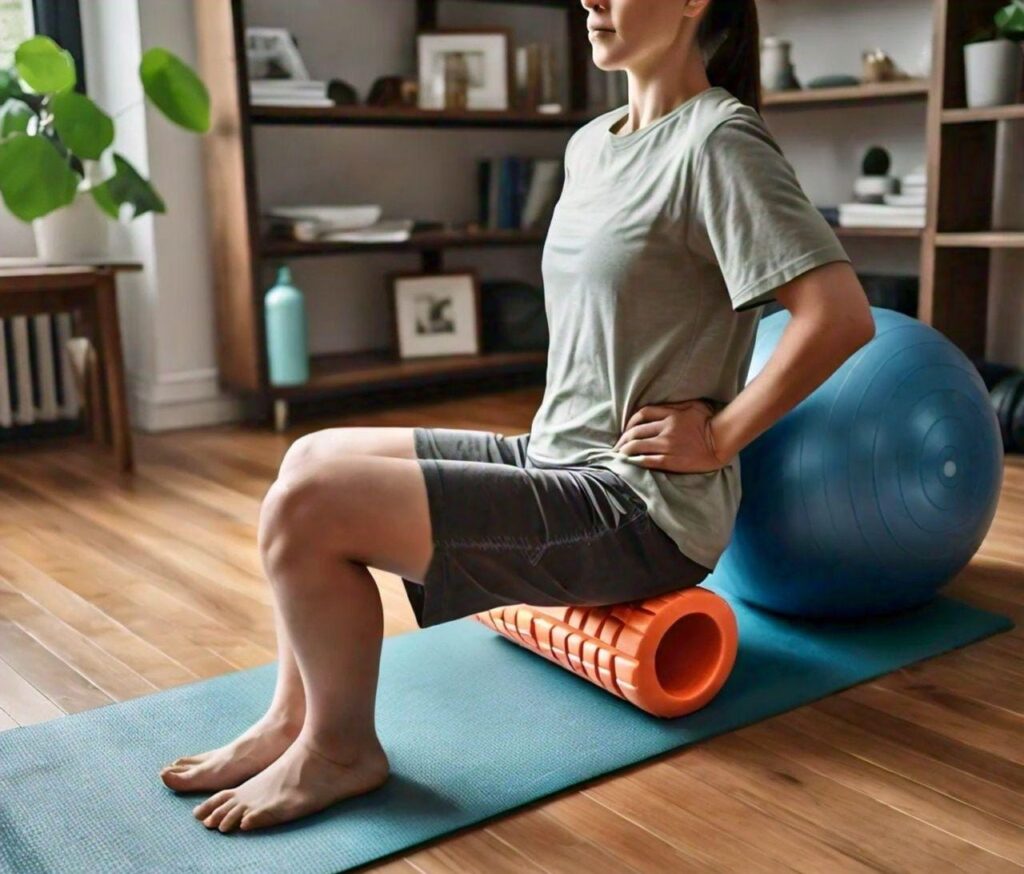A foam roller is a device that can be intimidating for some and therapeutic to others. In its essence, a foam roller provides people with the opportunity to perform a self-massage to help break up muscle tightness. One of the biggest things that can cause this tightness is stress, which is something we all experience at some point in our lives. Muscle tightness can also be the result of overuse, injury, or being sick. Often times, individuals that have this muscle tension are also experiencing pain. It is important to address this tightness due to the body having a bunch of nerves that run throughout the body and course underneath our muscles. If a muscle is tight it will increase the pressure on these nerves and cause symptoms such as numbness, tingling, or shooting pain. Muscle flexibility is important for establishing normal function and prevents impairments such as lack of range of motion and pain.
When using a foam roller for the first time, it is important that an individual understands that it will be uncomfortable and sometimes painful which is normal. The tension within these muscles typically forms trigger points, or knots, that become sensitive to deep pressure. Foam rolling uses an individual’s body weight to break up these knots that, as stated, should be uncomfortable but not reach the point of excruciating pain. Often when the pain becomes intolerable, an individual may be using it incorrectly such as when rolling out the side of your thigh it is important to avoid rolling over the bone of your hip. Foam rolling is strictly for muscle and is not supposed to be used over bone. Following a period of foam rolling, one may experience some soreness but overall should feel better and their muscles loosen up.
Physical therapists may add foam rolling to a patient’s list of exercises to work on muscle tightness and improve flexibility. Foam rolling can be used alone or in addition to stationary stretching, both of which can improve muscle flexibility, and have shown benefits when performed for at least 5-10 minutes. With foam rolling there are several options that physical therapists have to choose from. There are white foam rollers, black foam rollers, and rumble foam rollers, which have spikes. Each type of foam roller varies in firmness depending on the color, the darker the color, the more firm, and type of surface that can range from flat to rumble rollers that have spikes. Physical therapists suggest using these different types of foam rollers depending upon a patient’s muscle tightness, pain threshold, and experience foam rolling. When used correctly foam rolling can be beneficial in increasing muscle flexibility and decreasing pain.
For more information or learn further techniques on foam rolling visit Total Performance Physical Therapy You Tube channel.


